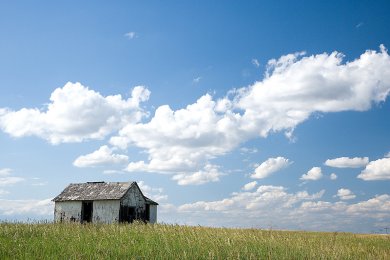A team of scientists lead by Mark Liebig at the USDA-ARS Northern Great Plains Research Laboratory, USA, estimated net global warming potential (GWP) for three grazing management systems located in central North Dakota.
They show grazinglands are strong sinks of soil organic carbon and minor sinks of methane, but small to moderate sources of nitrous oxide. Net GWP for the native grasslands was negative, implying an overall removal of greenhouse gases from the atmosphere.
They estimated GWP by measuring changes in soil organic carbon, and nitrous oxide and methane flux. This data was combined with estimates for methane emissions from cattle and carbon dioxide emissions associated with applying nitrogen fertilizer. The values obtained indicate net reductions in greenhouse gas emissions can be most effectively achieved through moderate grazing on native vegetation in the plains.
- Grazing Management Contributions to Net Global Warming Potential: A Long-term Evaluation in the Northern Great Plains
M. A. Liebig, J. R. Gross, S. L. Kronberg, R. L. Phillips, J. D. Hanson, J. Environ. Qual. 2010, 39, 799-809.
DOI: 10.2134/jeq2009.0272




